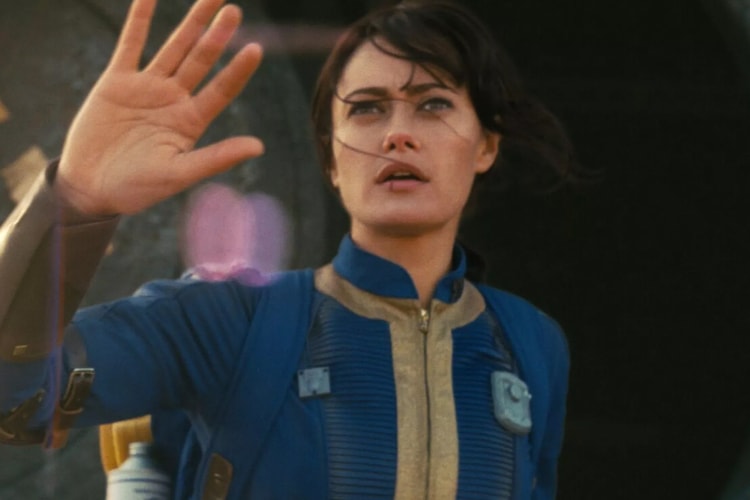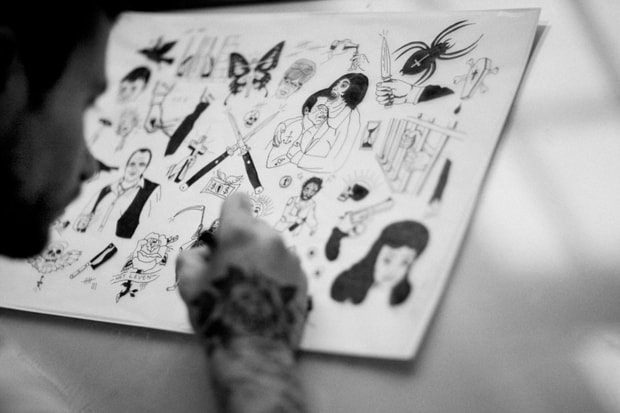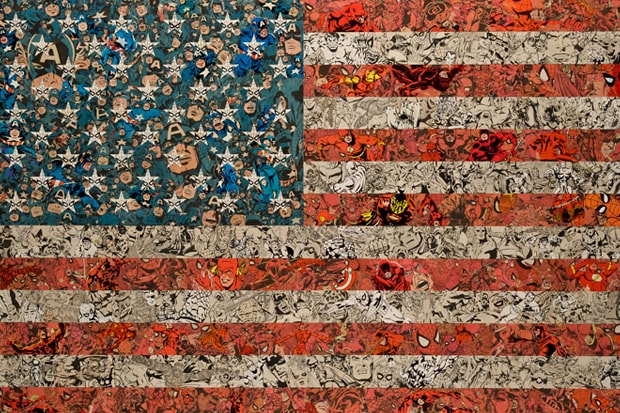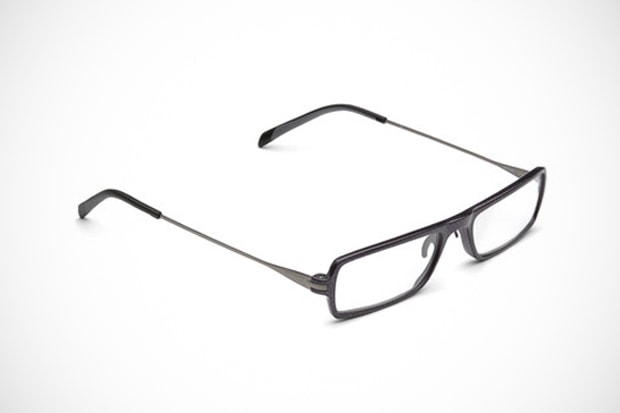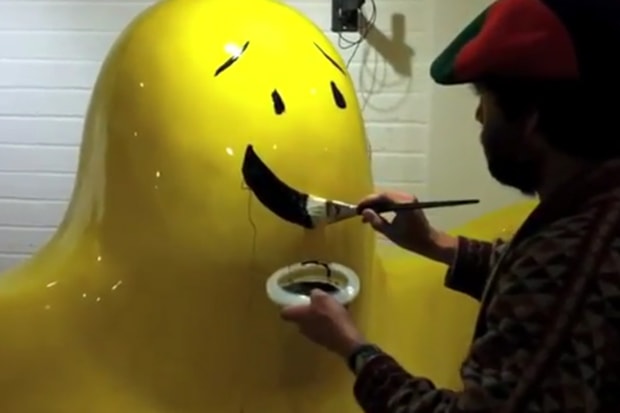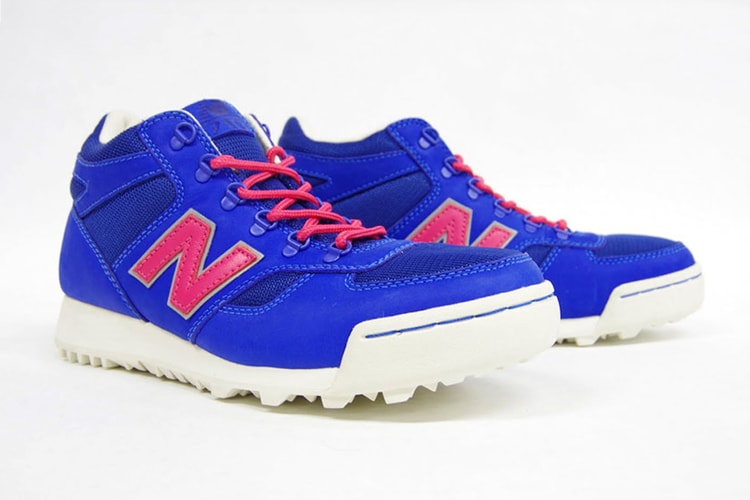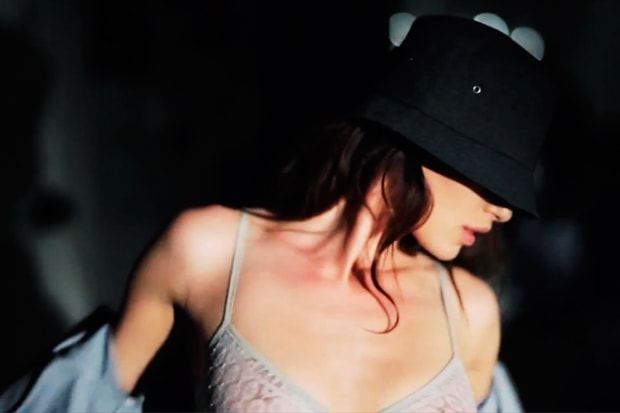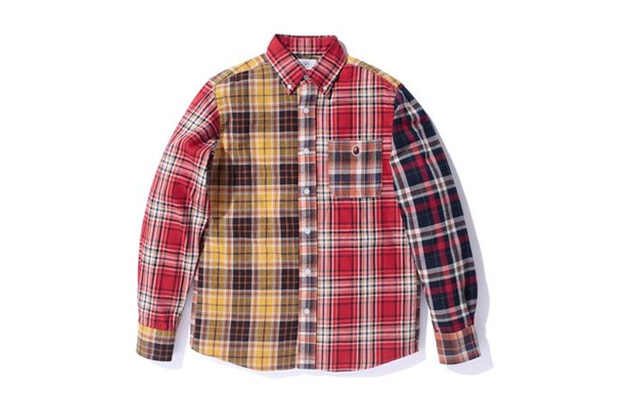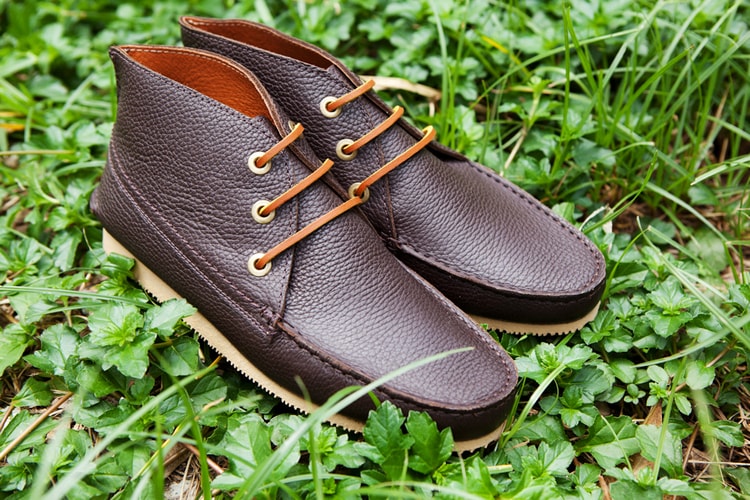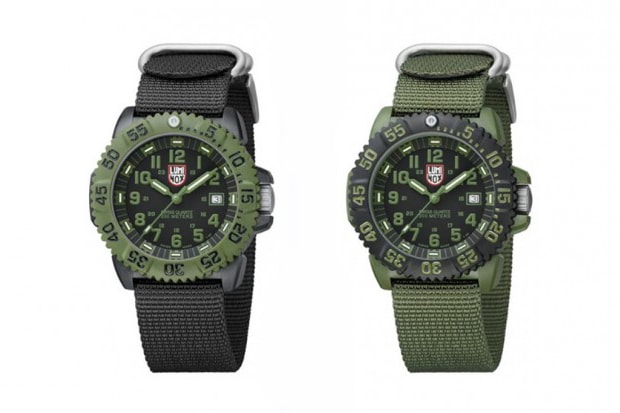Prime and Estria: Na'au Pono Interview
Heroes come in many shapes and sizes. Some are decked out in skintight spandex suits while others
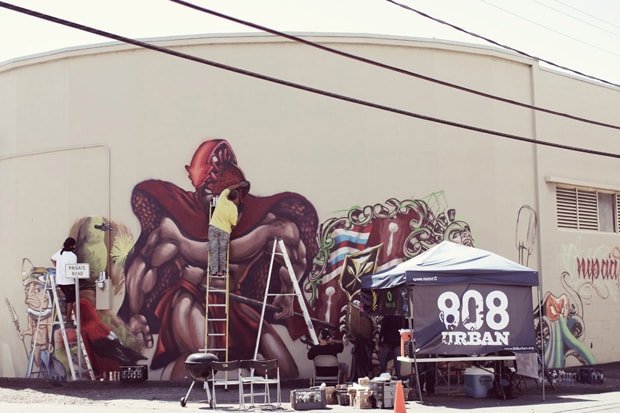

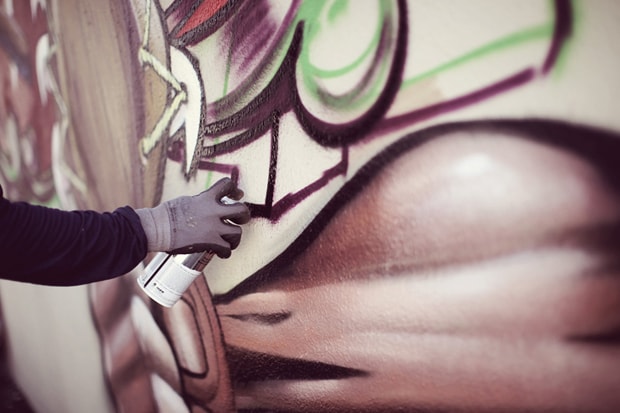
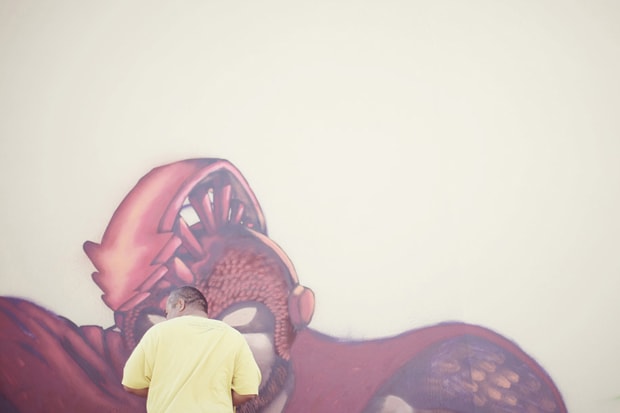

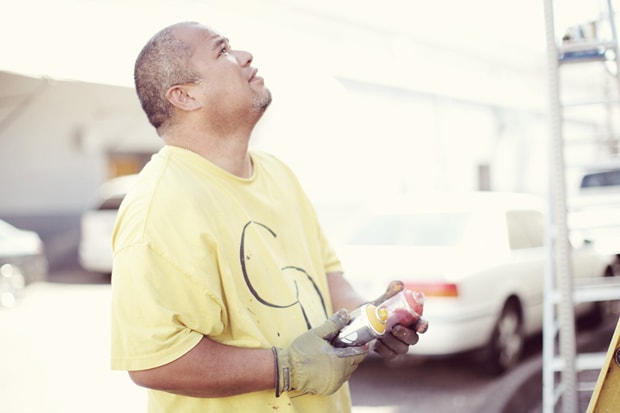
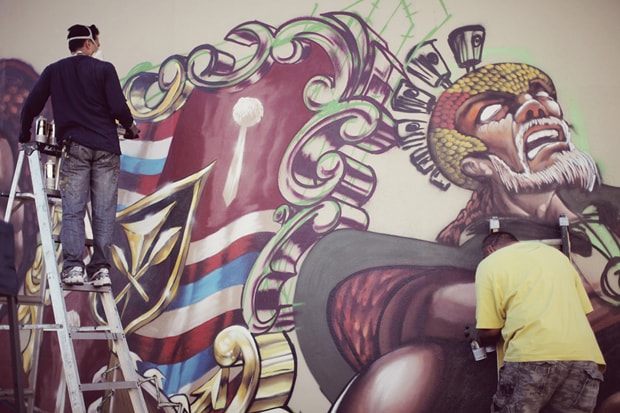
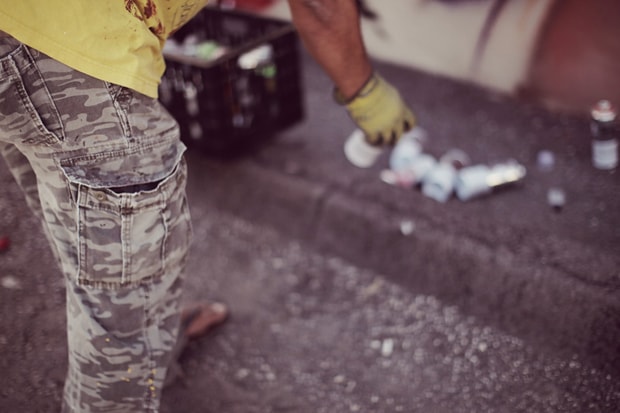
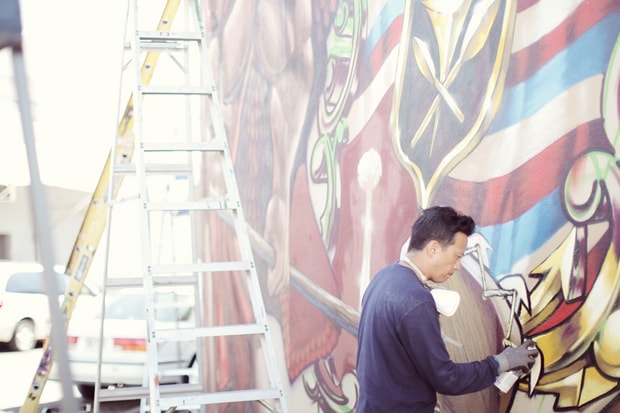

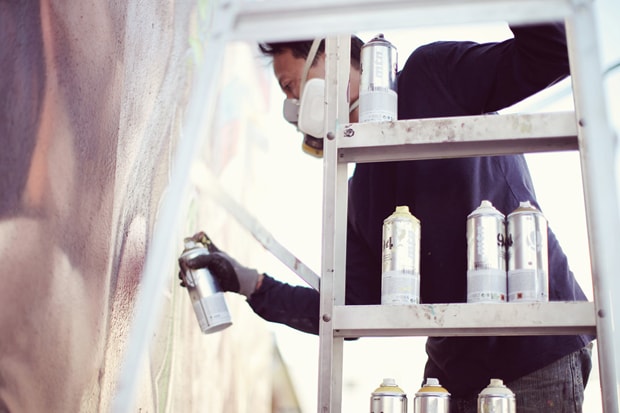
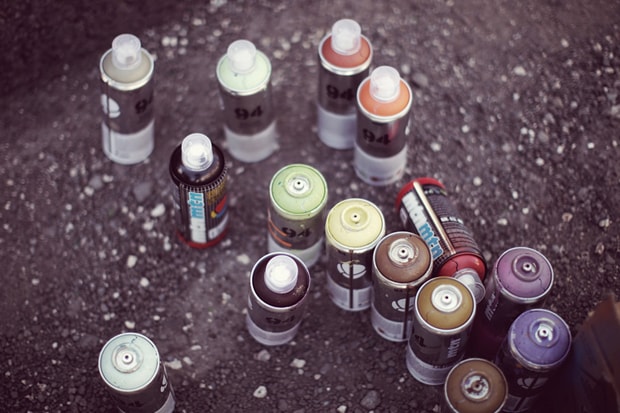
Heroes come in many shapes and sizes. Some are decked out in skintight spandex suits while others have the uncanny ability to hit home runs. Along the spectrum, there are also those that defy social injustice by sitting at the front of buses and those that do forbidden art in the face of an oppressive government. In my hometown of Hawaii, there are two figures that have grown to become rallying forces for an art form that has been marginalized by social misconceptions. They are considered heroes in my book and many others that reside on the islands. They are champions for social consciousness and youth education through art. Their names are Prime and Estria.
To shed light on who they individually are as both educators and social change advocates, Prime is considered to be one of the most influential and prolific graffiti writers in Hawaii’s history. His active role towards enlightening the public about Polynesian culture and its diverse history has had a lasting and positive impact on Hawaii’s community. Through his educational initiative called 808 Urban, his work on both the artistic and educational fronts has created environments that advocate for progressive social change while promoting sustainability for low-income communities through self-determination, cultural awareness and leadership development. While, Estria has been painting murals since 1984. Since his inception in the art form, his work has populated hundreds of walls that dot every corner of the globe. He has been an influential leader during the Golden Age of graffiti during the ’80s and has pioneered painting techniques that are still widely used to this day. Since 1993, he has taught graffiti classes and lectured at universities on graffiti’s social and political impact. Together they are changing the world one wall at a time through the act of graffiti.
We caught up with the artists as they painted a new mural as a prelude to the upcoming POW WOW Hawai’i art event in 2012.
Let’s start this interview on a more lighthearted note. How did you two meet?
Prime: We met through a mutual friend who runs the website graffiti.org. I reached out and said that I’m offering free luaus to visiting artists. She mentioned a fellow local artist who was now residing in the Bay Area by the name of Estria.
Estria: Her name was Susan Farrell and she started the first graffiti-based website. She told me about this guy that gave free luaus to any writers that came to Hawaii. I said that I wanted a free luau! (laughs)
E: A luau is Hawaiian for barbecue.
P: …and beer. (laughs)
Hawaii is considered to be one of the most isolated places on Earth. A grouping of islands smack dab in the middle of the Pacific Ocean. It’s American, but also culturally distinct due to its vast Polynesian history and melting pot of immigrant influences. Growing up in the islands creates variables that lead to a unique upbringing. Can you talk to me more about your connection to Hawaii and how it has led to your perspectives on art and life?
E: On one side, I would say that it comes from the Japanese side of my family. In that respect, it is definitely about perfecting your skills. That insane perfectionist drive. Also, my influences come from pulling old imagery and giving them a modern take. As far as my Hawaiian side, it’s about connecting people to the land and preserving our old stories. Taking our culture into the future using this urban art form as a medium.
P: For me, it’s growing up in poor neighborhoods and living on welfare. I spent my childhood going back and forth between living with my mother and father. My mother is Samoan and my father is Hawaiian. It’s both similar yet distinctly different cultures. A lot of my education came from storytelling. In relation to my culture’s history, I grew up with the lessons that came from the legends of Samoa and Hawaii. I’ve noticed that they are not being told as I remember them. So, I’m using the spray can as a tool for telling these stories. Prior to me starting 808 Urban, the kids always looked at the mainland of America for influences, but now they can look at their own soil and people for inspiration. From this, they will become the next educators of culture and activists in their own right.
The word graffiti has been a source of negative stigma for generations. However in recent times, this stigma is slowly subsiding due to its acceptance on the mainstream level. What was once on walls is now populating the inner walls of galleries and the products of the masses. How do you feel about this shift in perception?
P: One of the hard things for the old school to grasp is this evolution that is currently occurring. Inevitably, the art form has to go somewhere. It was during the ’80s that kids were running around hitting up spots and getting up illegally. I’m at a point in my life where I was involved during that period and I remember it fondly. However, at the same time, you can’t do the same thing now that you did decades ago. Mimicry can only take you so far and at some point you have to outgrow that stage. To see how the art form has progressed over time has been amazing. Nevertheless, it is also up to us from the old school to educate the young. From my perspective, a lot of these kids get their information from the internet and YouTube. The disconnect from the digital realm has caused a lack of face-to-face storytelling. As a reaction, we are now talking to these kids and telling them about the history so they can grow. Teach them to take influences from the past and take it into the future in their own way.
E: The original meaning of the word graffiti is to scribe and etch on to a surface. I really like that old meaning of the word. I don’t like how contemporary dictionaries are now changing the definitions to be an illegal activity. Old writers from New York, like ’70s train writers, don’t like the term graffiti. They think of it as a bad word and will sometimes consider it the G-word. In my own experiences, I didn’t get support from certain writers because we had the word graffiti in the title of the Estria Battles. If we want to gain their support then we have to change and listen to that. Personally, I like the word writing better because it is essentially a letter-based art form. Not pictorial.
In terms of the art form going mainstream, I think it is inevitable. It’s good in some ways, because the vast majority of artists that write on walls just want to be creative. They shouldn’t be stigmatized and thrown into jail for doing art. Graffiti being illegal is just a sign of our times. Writing and scribing is a primal urge. I really think that after the basic needs of eating, sleeping, shitting and shelter, leaving a mark on a surface is the next set of urges. People need to acknowledge that it will never go away. There will always be people putting words and images on walls. Whether it is illegal or not.
When it pertains to graffiti, the gospel of police forces across America see it as an affront to public order. An open invitation to consider the urban environment theirs to do as they please. A miscreant’s form of expression that defies the fragile social systems and leads to chaos. There is a fine line between vandalism and street art, which can easily lead to it being negatively misconstrued. The two of you have been at the forefront of changing the public view on graffiti and using it to increase social consciousness on dire issues in the community. Using the art form’s unique ability to spread a message to a wide audience. It eliminates the barriers of communication and directly impacts the viewers to partake in the experience. With that being said, tell me more about the current graffiti-related projects and the messages you are pushing forward, such as “Water Writes.”
E: “Water Writes” is a series of murals in different cities around the world that is created specifically to draw attention to critical water issues in each community. The basic issues are access to safe drinking water and who controls that water. I think that most people tend to agree that water belongs to everybody and it shouldn’t be privatized, yet there is a mad scramble amongst multinational entities to control all the water sources. It is very critical that we did a “Water Writes” mural in Hawaii, because most people don’t know that the majority of the water is held privately on the state. However, throughout Hawaii’s history and with the current government, water has always been viewed as a public trust. So, lawyers need to fight these David and Goliath cases to bring the water back to the people.
One of the uses of water in the state is clearly written out as “preservation of Hawaiian culture.” It’s about taking care of the land and the cultural aspects that are closely tied to it. You can’t talk about Hawaiians without talking about water, because whoever controls the water controls the land. The “Water Writes” in Hawaii was a good platform to talk about the overthrow of the kingdom, the control of the land, and the preservation of the culture for the future.
The most recent wall was done in Hawaii within the district of Kalihi. Other walls have been painted across the globe. Can you tell me the significance of these locations and its relation to the “Water Writes” project?
E: It seems that wherever we go, there are always critical issues to discuss. Palestine was a destination that we really wanted to do. As it turns out, Israel uses water as a weapon. They’re actually slowly killing the people off by restricting the flow of water and taking control of the water sources. On top of that, Israel blew up some of the sewage treatment plants. Now there is only one sewage treatment plant that serves 1.7 million people. As a consequence, there is now raw sewage continuously polluting the coastlines of the country. People will get sick if they go out into the water. Furthermore, Palestinian boats can only go 3 kilometers out and there is a line of warships on the horizon, so they are swiftly eliminated if you pass those lines. The fishermen are forced to fish alongside the coastlines, which means that they are eating polluted fish. Additionally, they don’t have a lot of water sources anymore so they have to tap into the ground water. Since they’re overusing the ground water, the sea water is coming in to replace that water source. Which means they’re drinking polluted water. A direct effect has been the emergence of the blue baby syndrome. Basically, it is caused when the mother drinks an excess of the polluted water, which then causes the babies to be born blue due to oxygen deficiency in their blood. So, to be able to use art to bring attention to these issues is critical.
Some people have stated that we have raised the public awareness of an issue to a point that it has created a level of justice for them. In Hawaiian it is called Na’au Pono. It is a huge honor to have done that with our art.
Tell me about the Estria Battles.
E: With the battles, we are hoping to challenge writers to aspire to excel in the highest level of their craft, which is the production. There are many levels within the art form of graffiti. The first level is called a tag, which is a single colored name scrawled on a wall and is usually done with a marker or paint. From there, you can go over a tag with something more elaborate. The next step up is a throw up. It is usually two colors and made to speedily cover a large area, so they are usually fat and bubbly. When then move on to the piece, which is a multicolored and elaborate design of one’s name which usually takes two or more hours. Finally, the highest level is the production, which contains a combination of a piece, characters, backgrounds and an overall concept. It is usually planned out and takes a long time. The battles exist to encourage spontaneity for the production artist. We are encouraging artists to develop all these skills. Not just the letters.
One intriguing aspect of the battles is the usage of a positive word, which strays from the common usage of one’s name. Can you tell me more about why this is done?
E: We try to pick words that enable positivity. So, they start thinking about how they can use their art to spread a positive message. To become agents of change and the voice of the community.
808 Urban has been a champion for the positive impact that art and graffiti has on the youth. Can you tell me more about this initiative?
P: As part of the programming for 808 Urban, we established a junior board. Our current board is based in Waipahu, which has been deemed a low-income area in Hawaii. The board is based mostly of students and new high school graduates. They’re not necessarily artists, but they are community organizers. Their community is looked down upon and seen as a ghetto, so I have been teaching them how to secure walls and how to plan murals. They are using their knowledge to do something that will lift the image of their neighborhood and beautify it with murals. It’s great, because it’s all run by the kids. They fund raise their own money and they work with what they have.
Some of the best stories about these murals are not about the pieces themselves, but the process. For example, we did a mural at Washington intermediate schools. The concept was to create a representation of the community and we chose a tree. The base of the tree was a Hawaiian flag. The branches that came off the tree all bore flags instead of fruit. We had the kids do all the research. They had to find the flag, draw them out and paint them on the wall. At the end of it all, the flag we painted for Vietnam was wrong. Two days after the completion of the mural, the Vietnamese community wrote a two page letter to the principal of the school saying that the flag we painted represented the communist era in Vietnam. A grand apology had to be made publicly by the principal, it was even shown on Vietnamese television. From that experience, the kids saw firsthand the ability and power of art and its impact on the community.
We also try to stay engaged with the kids beyond mural painting. There are kids that I’ve worked with for the past four years and now they are in high school. Their parents always remark that ever since their kids took the graffiti classes, they have dramatically changed their attitudes about everything. Kids that were once introverts are now social butterflies. For the future kids, we try to keep them on task as long as possible, so we can make a direct impact. When I step away, the kids can step in and talk about their experiences and spread their knowledge to future generations.
What does the future hold for the two of you?
E: We want to do a series of murals on the Hawaiian musicians of the ’70s.
P: …and the kingdom series too, that will be about the monarchy of Hawaii.
Any last words for our readers?
E: I like this movement we got going on here. It’s an alliance with everyone working together. I want people to see Hawaii as a center for art. A melting pot of ethnic groups and a place of rich cultural heritage that will lead to more diversity in the arts. Hawaii has a lot of pride in their artists. Did you know that American Idol stated that they will no longer allow Hawaii-based singers on the show, because the whole state supports them and it messes up their voting system?
P: Come to Hawaii and hit us up to paint! Come and see the murals! It’s great to see a lot of different artists from all over the world come together out here, it happens with events like POW WOW Hawai’i. It’s a beautiful thing and we have luaus too.
E: …and beer. (laughs)
More details of the “Water Writes” project can be seen here in this interview by Mikey Inouye.
Interview: Jasper Wong
Photography: Aaron Yoshino
Jasper Wong is an artist, illustrator and curator. He is a man who wears many hats and best known as an artist with a penchant for the A-Team, rainbows and laser beams. His unique clash of Asian-influenced pop culture on paper has seen Jasper exhibit in Japan, California, France, London, New York, Hong Kong, Mexico, Chicago and Australia, and he has been selected on multiple occasions by Archive magazine as one of the 200 Best Illustrators worldwide. He has also scored press in publications such as Communication Arts, Society of Illustrators, American Illustration and Taschen’s Illustration Now. Jasper has added another feather in his cap as the founder of a gallery in Hong Kong called Above Second. In its existence, both Monocle magazine and CNN have chosen it as one of the best galleries in the city. Jasper is also the creator of the annual art event POW WOW, which is an altruistic initiative to bring together artists from across the globe to partake in the beauty of the creative process. The event has received praise on an international level by the likes of HYPEBEAST, Booooooom, Arrested Motion, Hi-Fructose, Acclaim, Contrast and Flux. He is currently the director of Hawaii-based gallery, Loft in Space.




